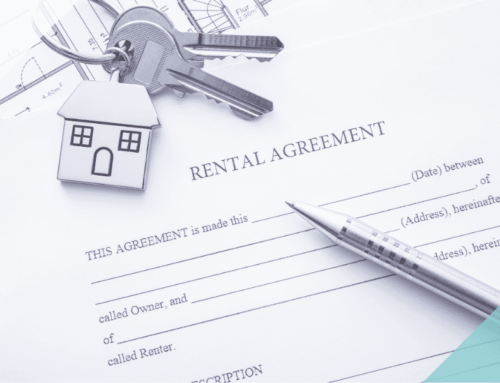According to the English Housing Survey in 2022, 4% of dwellings experience an issue with dampness. However, in private rented properties this figure sits at 9%. Does this mean that landlords are more reluctant to act? Or is it the tenant’s responsibility?
The legal position
As per the Landlord and Tenant Act 1985, the landlord has the responsibility to repair the structure and exterior of the dwelling as well as ensure that the installations are in good working order and the property has heating and hot water.
Historically, determining whether a landlord is responsible for damp came down to whether the issue was due to disrepair or if it was an inherent defect of the property. To be in disrepair, the “item” in question would need to have deteriorated from its proper state. If this is the case, then the landlord would be liable to fix the issue. If it is found to be an inherent defect of the property, then the landlord is not responsible for fixing the issue.
In recent times Awwab’s Law has seen a shift away from this. In 2020 a two-year-old boy died due to environmental mould exposure at his family’s rental home. The government have since published guidance to ensure that all tenants have a decent living standard. This guidance lays out regulations and steps that landlords must comply with, otherwise they can risk prosecution or financial penalties.
The most common forms of damp
There are four common types of damp. These are; rising damp, penetrating damp, construction damp and condensation damp. Most of these are seen as a structural defect and as such are the responsibility of the landlord to repair the issue. Construction damp is an exception to this. If the damp is found to be a result of how the property was designed, then as long as it does not affect the structure or exterior of the property then the landlord may not be liable.
If the property does not have measures in place to prevent damp, in particular rising damp, then the Landlord may not be liable. This is because putting in such measures could be seen as “improvement” rather than “repair”.
If as a result of the damp, or any bi-products caused because of it, the property is found to be not fit for habitation. Then the landlord is responsible for fixing the issue regardless of the type of damp or what resolution is needed.
What to do as a landlord
If a tenant reports, a landlord must assess the issue and act accordingly from the basis of this assessment. If work needs to be carried out you must act as quickly as possible. It is important to take into consideration the tenant’s health and medical history. It may be necessary to vacate a tenant while the work is carried out.
What to do as the tenant
It is a tenant’s responsibility to act in a way to reduce the chances of damp and mould as much as possible. For instance, making sure the property is sufficiently heated and ventilated.
Also, as soon as they are aware of an issue make sure that it is reported and keep a record of any emails and letters. If the landlord fails to act, then it is possible to speak to your local Council. If they find the damp to be a nuisance or harmful to your health then they may order the landlord to act and deal with the issue.
How can Attwells help?
If you are a tenant and you feel that your concerns have not been heard then we may be able to assist you in bringing a claim against a landlord for unsafe living conditions and or failure to act within their duty.
If you are a landlord, we will be able to inform you of your rights and the extent of your legal obligations.
Our Property Litigation team is led by William Oakes, a partner at the firm.
We always recommend seeking legal advice before acting.
Our blogs and articles are correct at the time of writing.
These have been created for marketing purposes only and should not be considered as legal advice.




